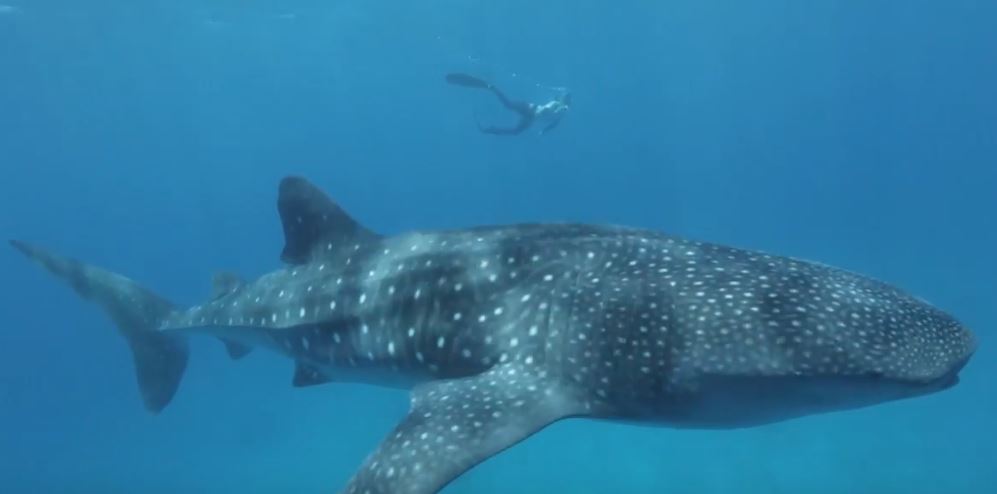Tags in Stop Mode During Storage
If you’ve kept undeployed tags in the refrigerator in “Stop” mode for a while, you should consider pulling them out of fridge and giving them some exercise to remove the passivation layer surrounding the tag’s battery. To do this, we recommend hooking up your tag...


